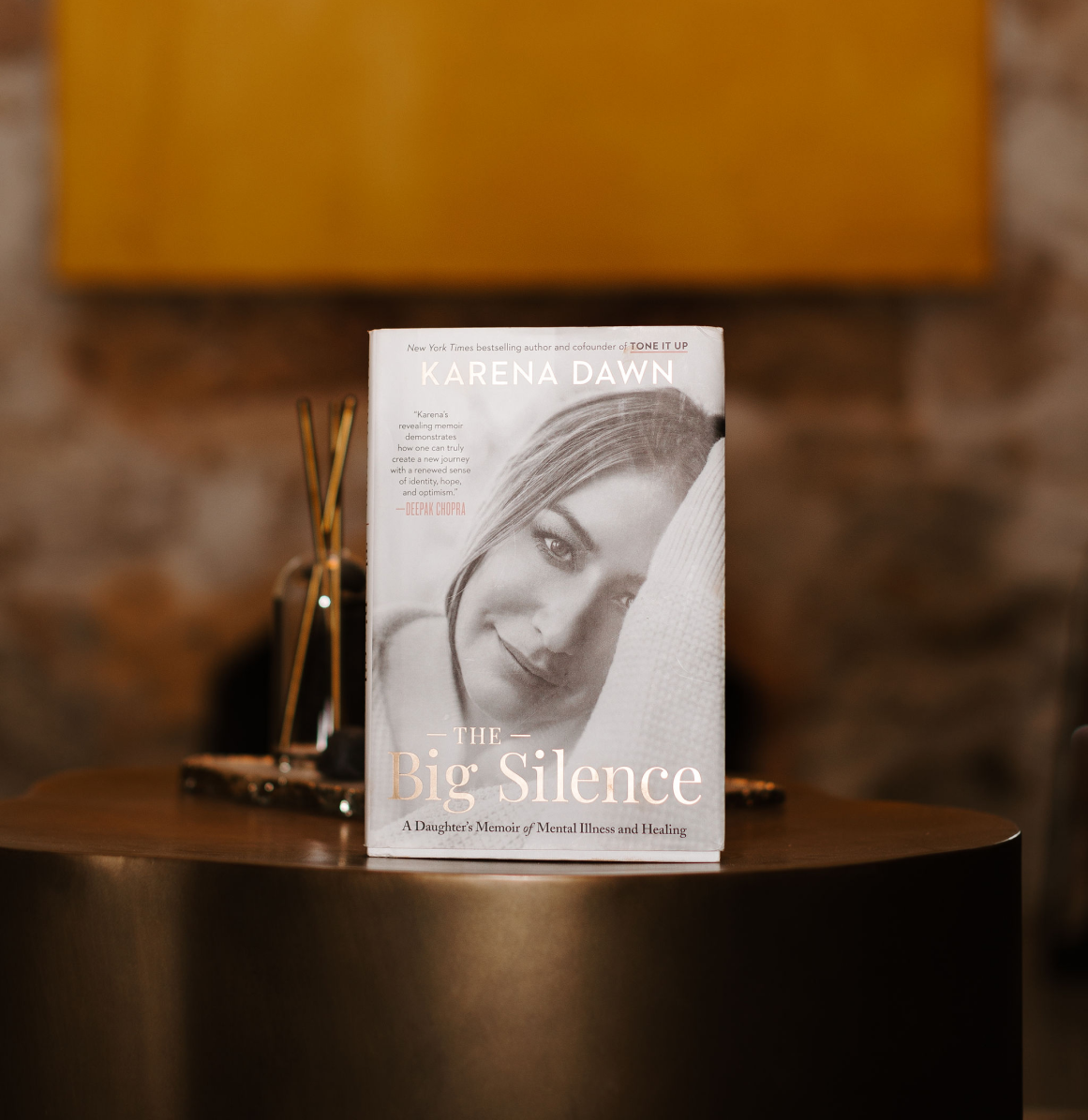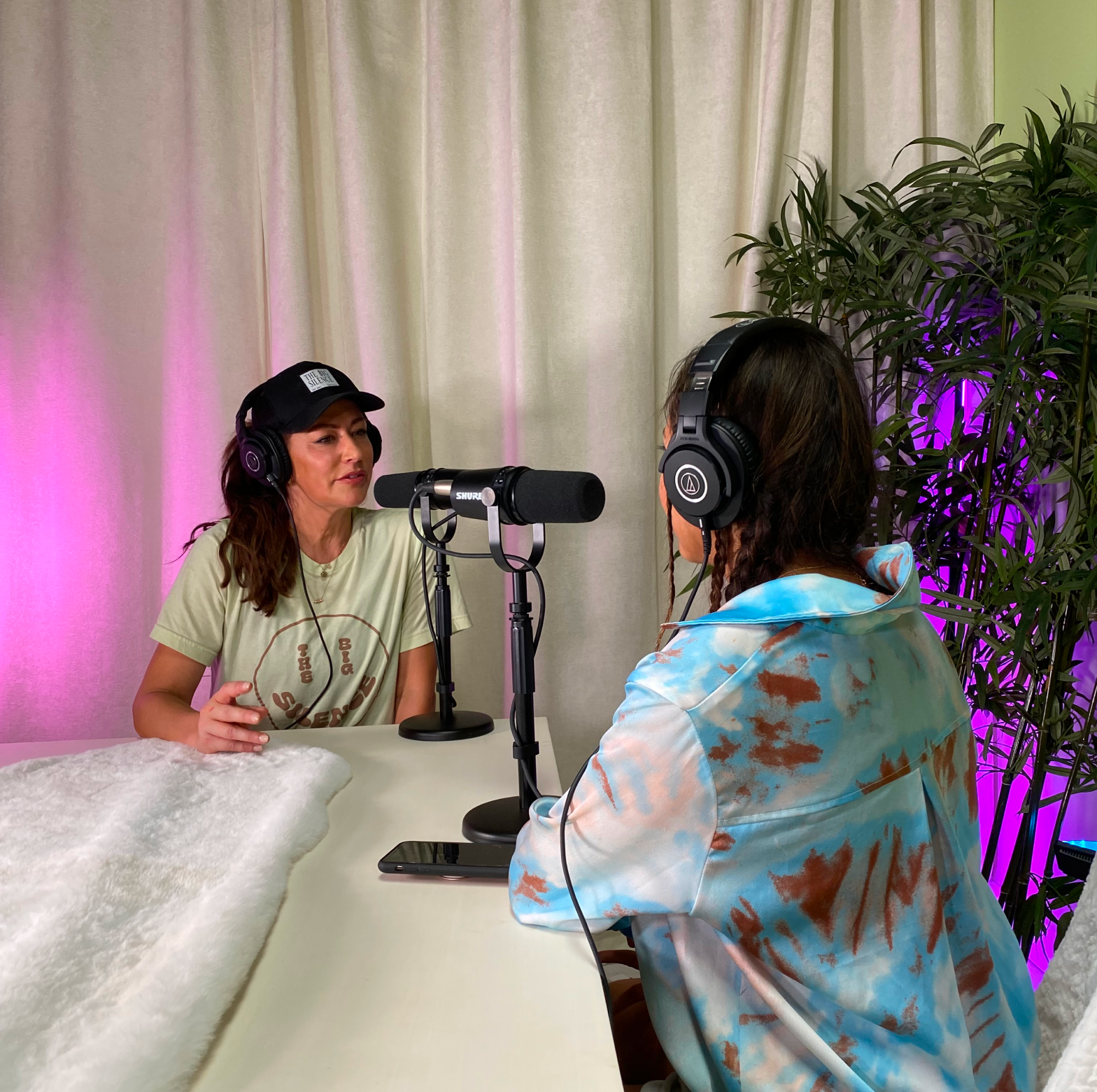Suicide Prevention: Answering Community Questions
It's a difficult topic to talk about, but suicide prevention is enhanced by having these tough conversations. Research shows people who are having thoughts of suicide feel relief when someone asks after them in a caring way.
We are here to answer tough questions about how to open up mental health conversations and talk to friends and family about their concerns around suicide. Here, we are sharing answers from a few questions sourced from the community.
Language Matters
Overtime, people have realized that the language used to speak about someone who died from suicide can create bias and negative connotations. The language we use to talk about this topic can perpetuate the stigma and make it more difficult to speak about. The Center for Suicide Prevention explains that words used in the past have a negative slant:
To “commit” suicide has criminal overtones which refer to a past time when it was illegal to kill oneself. Committing suicide was akin to committing murder or rape; linguistically, therefore, they are still linked. The original notoriety of the word may have dulled over time but the underlying residue remains.
It is more compassionate and neutral to use the phrase "died by suicide." Even though the language has been evolving over the past few years, many people have not learned these phrases because of the difficulty of talking about this topic, and prevailing habits perpetuated from the past. Please help friends and family to understand that even though it is more direct, it helps to make progress towards societal goals to destigmatize and help more people find the help needed to prevent suicide.

Community Questions Answered:
I lost my mom and sister in law to suicide - I worry about my sons. How can I help them? Is suicide hereditary?
There is a genetic component to the risk factors of an individual completing suicide. However, there are various risk factors that contribute to the risks versus protective factors of suicidal ideation. It is important to be aware of the protective factors and support that can help protect these individuals.
Protective Factors provided by the CDC
These personal factors protect against suicide risk:
- Effective coping and problem-solving skills
- Reasons for living (for example, family, friends, pets, etc.)
- Strong sense of cultural identity
These healthy relationship experiences protect against suicide risk:
- Support from partners, friends, and family
- Feeling connected to others
These supportive community experiences protect against suicide risk:
- Feeling connected to school, community, and other social institutions
- Availability of consistent and high quality physical and behavioral healthcare
These cultural and environmental factors within the larger society protect against suicide risk:
- Reduced access to lethal means of suicide among people at risk
- Cultural, religious, or moral objections to suicide
Suicide prevention is a community job, be there by knowing the warning signs.
What can I say to my son, who says he is done? He has attempted 3 times.
I would thank your son for being honest and disclosing his emotions. It is important for him to know you are a safe person to disclose these difficult emotions. Based on him stating “he is done”, it is important to have someone clinically assess if he has a plan and intent. I would remove any access to means in the home immediately. If there is any intent or plan I would highly recommend hospitalization to have him safe and clinically assessed to determine appropriate next steps for his care. If he has a therapist and care team, I would notify them of these statements.
Most of all it's important not to dismiss these statements as teen drama, but to listen with empathy and understanding. Unfortunately, suicide is currently the second leading cause of death for young people ages 10 to 24.
Newly established in 2022, the 988 Suicide and Crisis Lifeline is a national network of more than 200 crisis centers that helps thousands of people overcome crisis situations every day. These centers are supported by local and state sources as well as the Department of Health and Human Services’ Substance Abuse and Mental Health Services Administration (SAMHSA). The 988 Lifeline provides 24/7, confidential support to people in suicidal crisis or mental health-related distress. By calling or texting 988, you’ll connect to mental health professionals with the Lifeline network. This can be a great resource for anyone who does not yet have a clinical team or relationship with a therapist to learn where to find help in your area for dealing with this serious situation.
According to HealthyChildren.Org, these are some of the things that cause young people to consider taking their life:
-
Loss of a loved one to death, divorce, deployment, deportation or incarceration
-
Bullying (in person or online)
-
Discrimination, rejection or hostility due to gender identity or sexual orientation
-
Racism, discrimination and related inequities and stressors
-
Family history of suicide or mental health difficulties
-
Stigma (the belief that it's wrong or shameful to talk about mental health or suicide)
-
Easy access to firearms or other life-threatening tools and substances
-
Witnessing or suffering violence or domestic abuse
-
Financial instability that causes worry and insecurity
-
Suicide in their school or friend group
Having open conversations about mental health can help. On the #DebbieDaily, TBS board member and licensed therapist Debbie Whitehead shares how to approach the conversation.
What is the safest way to bring up cutting to a teen when you know they are doing it?
I would encourage having a check-in privately and approach the conversation with non-judgmental communication. I would inform him/her that you are aware, however support your teen with letting them know they are not in trouble, being punished and the goal is for them to have support and have on going conversations regarding this. If the teen feels embarrassed, shamed or not heard it will decrease the likelihood of them opening up, sharing emotions or feeling safe to discuss the self-harm. Every teen self-harms for different reasons, I would highly recommend seeking therapy for the teen to be able to identify the cause and to reduce self-harm.
If your teen is self-harming and having suicidal thoughts that present as an immediate risk, the emergency room of your local hospital can provide fast response in a crisis. Even if there is no immediate risk of suicide, it is still important to reach out to your pediatrician or mental health professionals for help and to formulate a safety plan that is right for your home.
What to do when the mental health system continues to fail us?
I know how frustrating and defeating this can feel. When this feeling feels big and overwhelming I encourage focusing on what we do have control over versus what we do not. Examples of this include, what is within your circle of control right now that could positively impact mental health resources (joining groups, non-profits, attending events, assisting with fundraisers that support causes you align with, etc.) It is so difficult to shift that perspective when we feel failed by the mental health system. However, when we focus on what we can control, it will assist with reducing anger, overwhelming feelings, anxiety and sadness.
Our friends and partners at Crisis Text Line have an amazing volunteer program that strives to give people hope and help.
How can I get more involved in bringing awareness and giving support?
Joining groups that support suicide awareness, volunteering in local events and fundraisers, assisting non-profits that support suicide awareness, gaining further education and insight on suicide awareness. Sharing this information, involvement and having conversations around this topic will decrease the stigma and let others know that you are a safe support for them.
The American Foundation for Suicide Prevention has chapters in 50 states. Your local hospitals, churches, and schools may also run groups and programs to become involved in.

The information provided is for educational purposes only, and does not substitute for professional medical advice. Advise users to consult a medical professional or healthcare provider if they're seeking medical advice, diagnoses, or treatment. Thank you to Morgan Winder and Debbie Whitehead for their assistance in answering these community questions.
**Please note that if your thoughts start becoming hopeless or suicidal, contact emergency at 988 or 911 and crisis services immediately. You can find more resources here. Text HELLO to 741741 to be connected with a trained crisis counselor.
You might also like:
Together we fight to prevent suicide
How to Get More Comfortable Talking about Suicide
Our September 2023 Series for Suicide Prevention and Awareness on Instagram:
- Warning signs and how to talk about them
- Grieving someone who completed suicide
- Do's and don'ts while discussing suicide











1 comment
I awoke from another very bad dream, a reincarnation nightmare / where having blessedly died I’m still bullied towards rebirth back into human form / despite my pleas I be allowed to rest in permanent peace. //
My bed wet from sweat, I futilely try to convince my own autistic brain / I want to live, the same traumatized dysthymic brain displacing me from the functional world. //
Within my nightmare a mob encircles me and insists that life’s a blessing, including mine. //
I ask them for the blessed purpose of my continuance. I insist upon a practical purpose. //
Give me a real purpose, I cry out, and it’s not enough simply to live / nor that it’s a beautiful sunny day with colorful fragrant flowers! //
I’m tormented hourly by my desire for emotional, material and creative gain / that ultimately matters naught, I explain. My own mind brutalizes me like it has / a sadistic mind of its own. I must have a progressive reason for this harsh endurance! //
Bewildered they warn that one day on my death bed I’ll regret my ingratitude / and that I’m about to lose my life. //
I counter that I cannot mourn the loss of something I never really had / so I’m unlikely to dread parting from it. //
Frustrated they say that moments from death I’ll clamor and claw for life / like a bridge-jumper instinctively flailing his limbs as though to grasp at something / anything that may delay his imminent thrust into the eternal abyss. //
How can I in good conscience morosely hate my life / while many who love theirs lose it so soon? they ask. //
Angry I reply that people bewail the ‘unfair’ untimely deaths of the young who’ve received early reprieve / from their life sentence, people who must remain behind corporeally confined / yet do their utmost to complete their entire life sentence—even more, if they could! //
The vexed mob then curse me with envy for rejecting what they’d kill for—continued life through unending rebirth. //
“Then why don’t you just kill yourself?” they yell, to which I retort “I would if I could. //
My life sentence is made all the more oppressive by my inability to take my own life.” //
“Then we’ll do it for you.” As their circle closes on me, I wake up. //
Could there be people who immensely suffer yet convince themselves they sincerely want to live when in / fact they don’t want to die, so greatly they fear Death’s unknown? //
No one should ever have to repeat and suffer again a single second that passes. //
Nay, I will engage and embrace the dying of my blight!